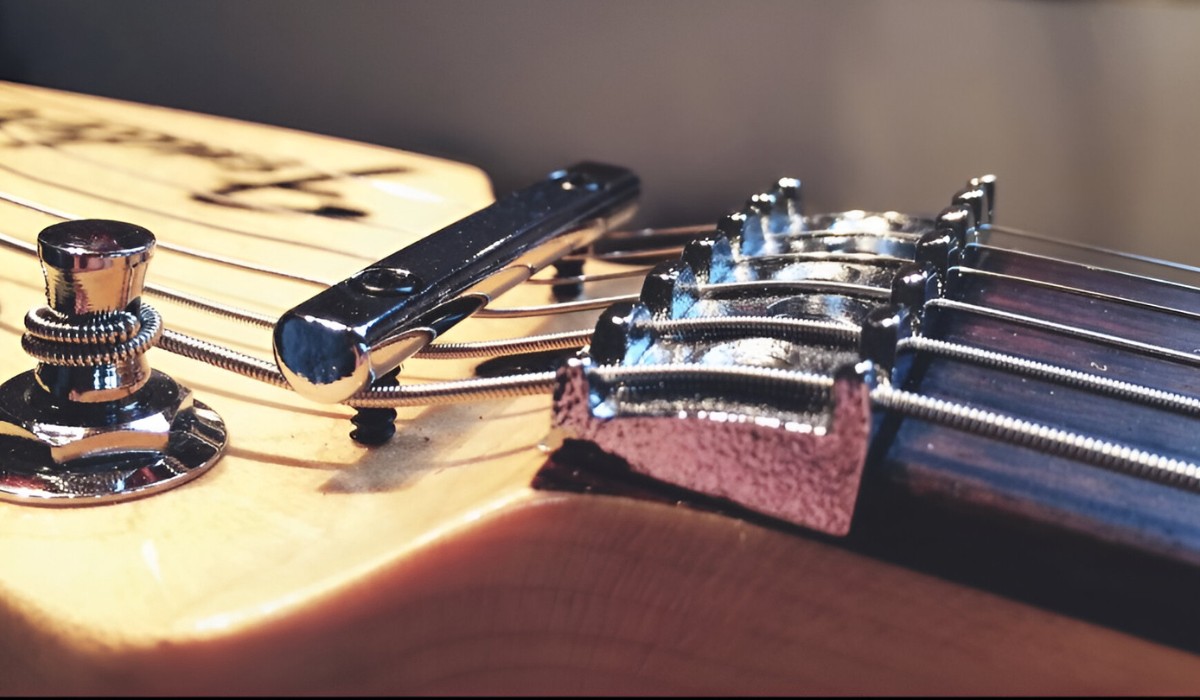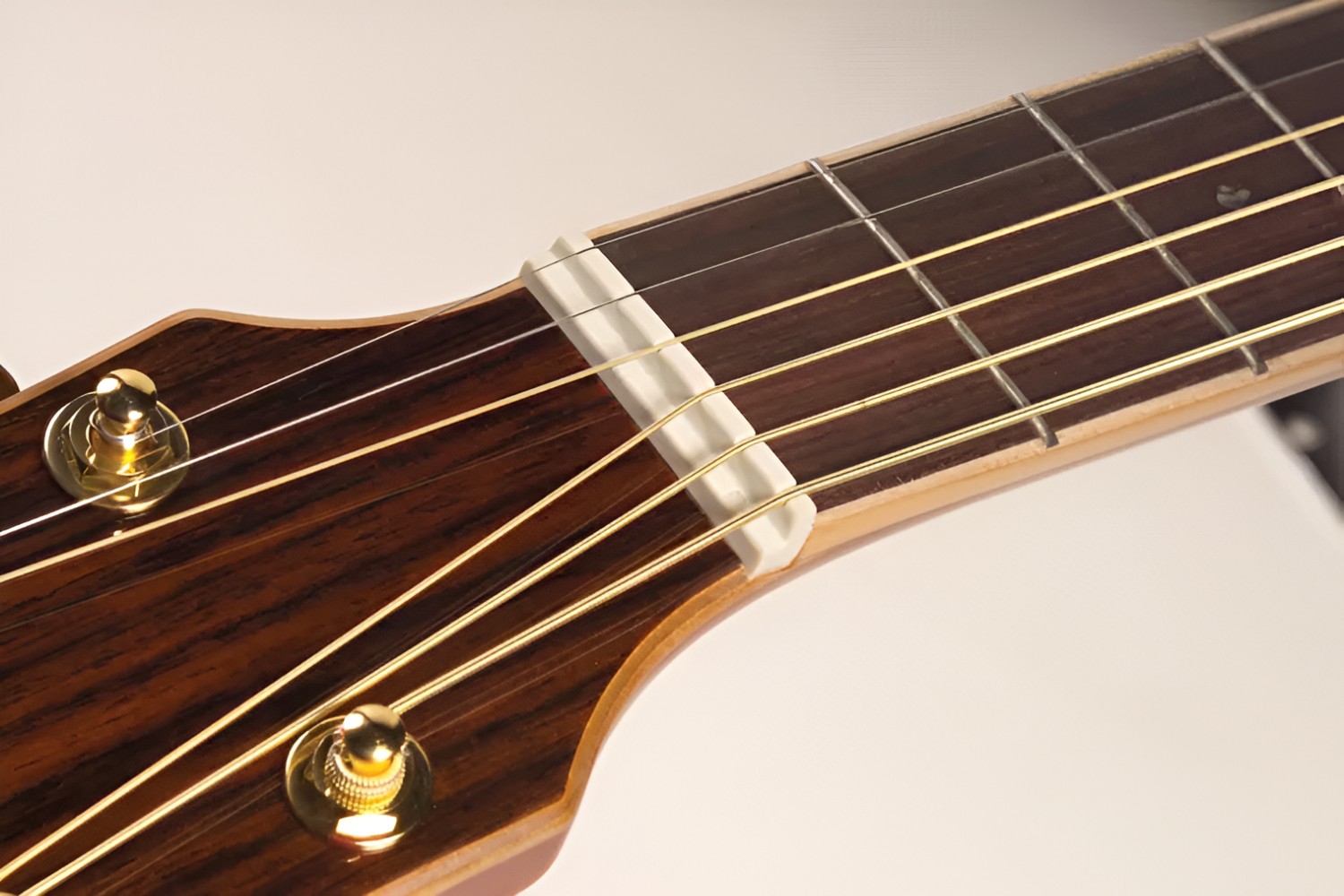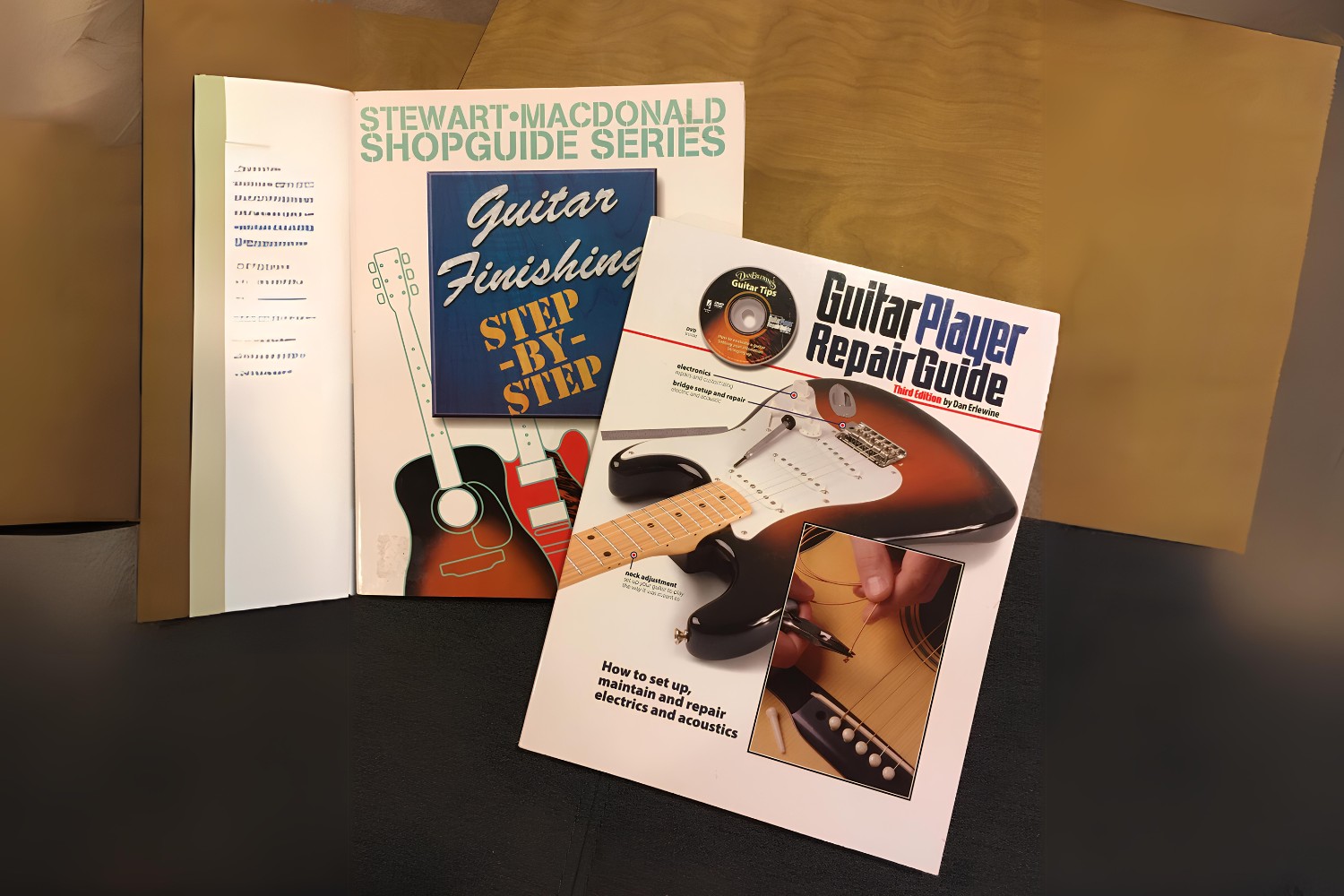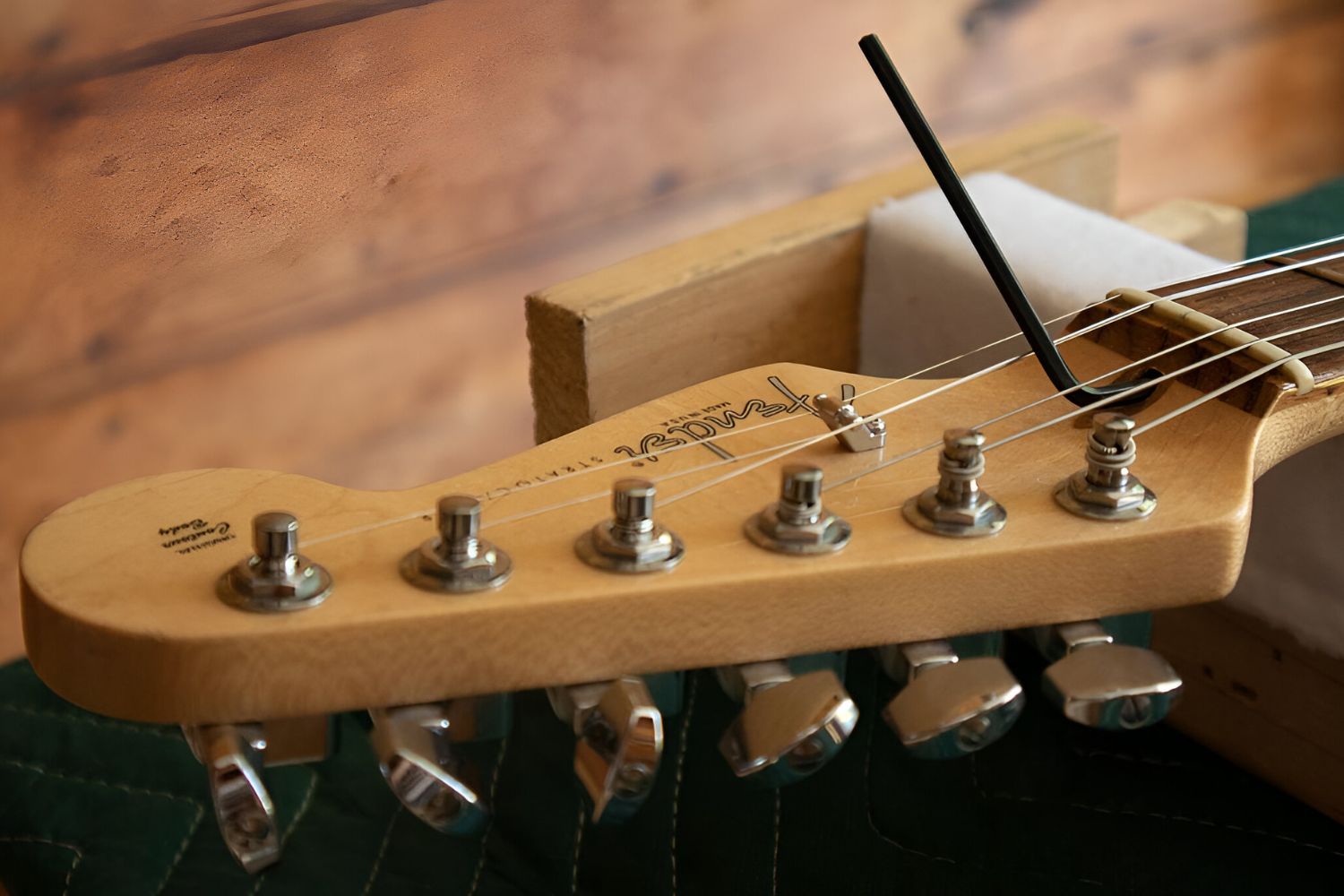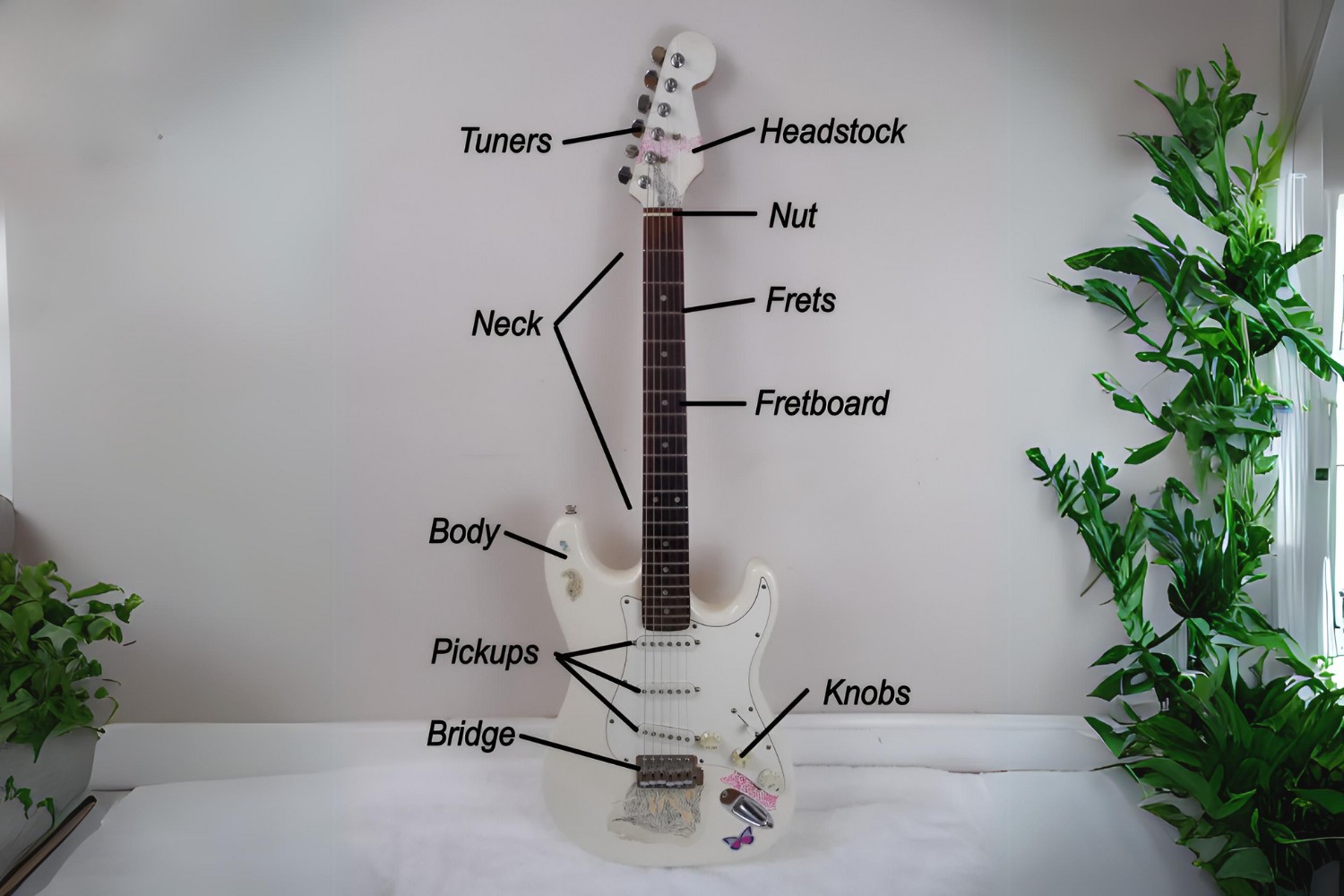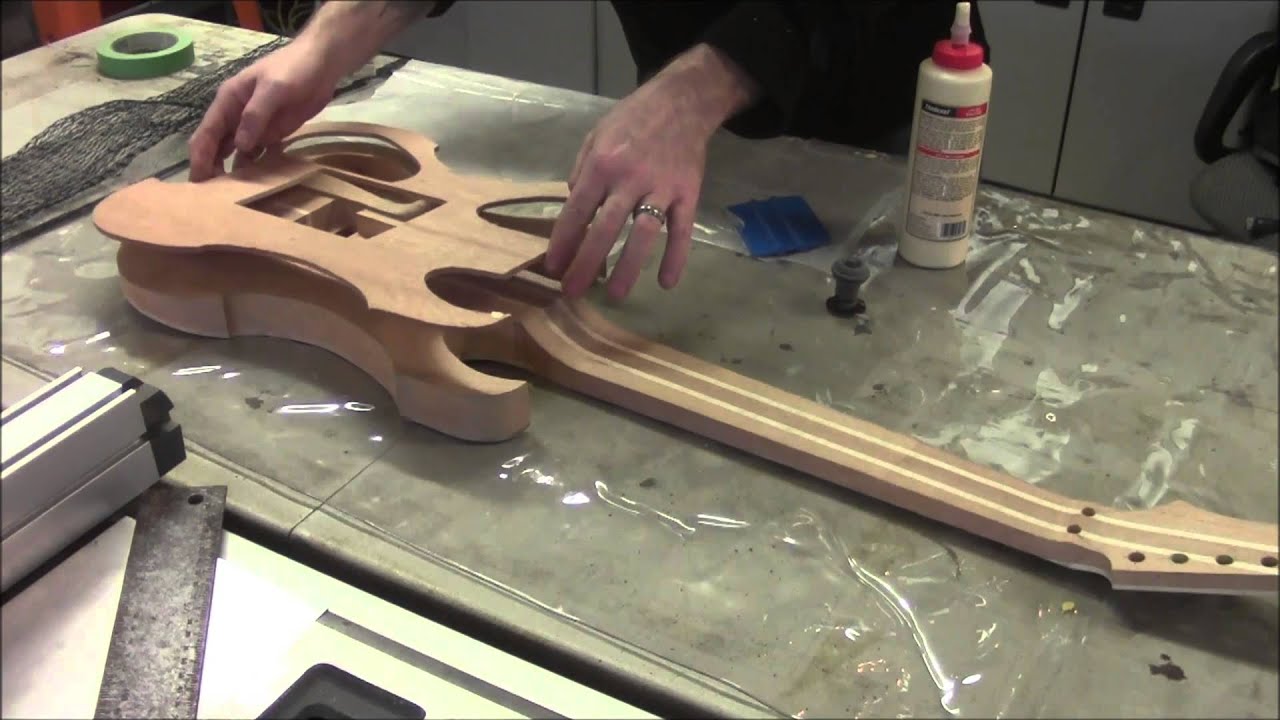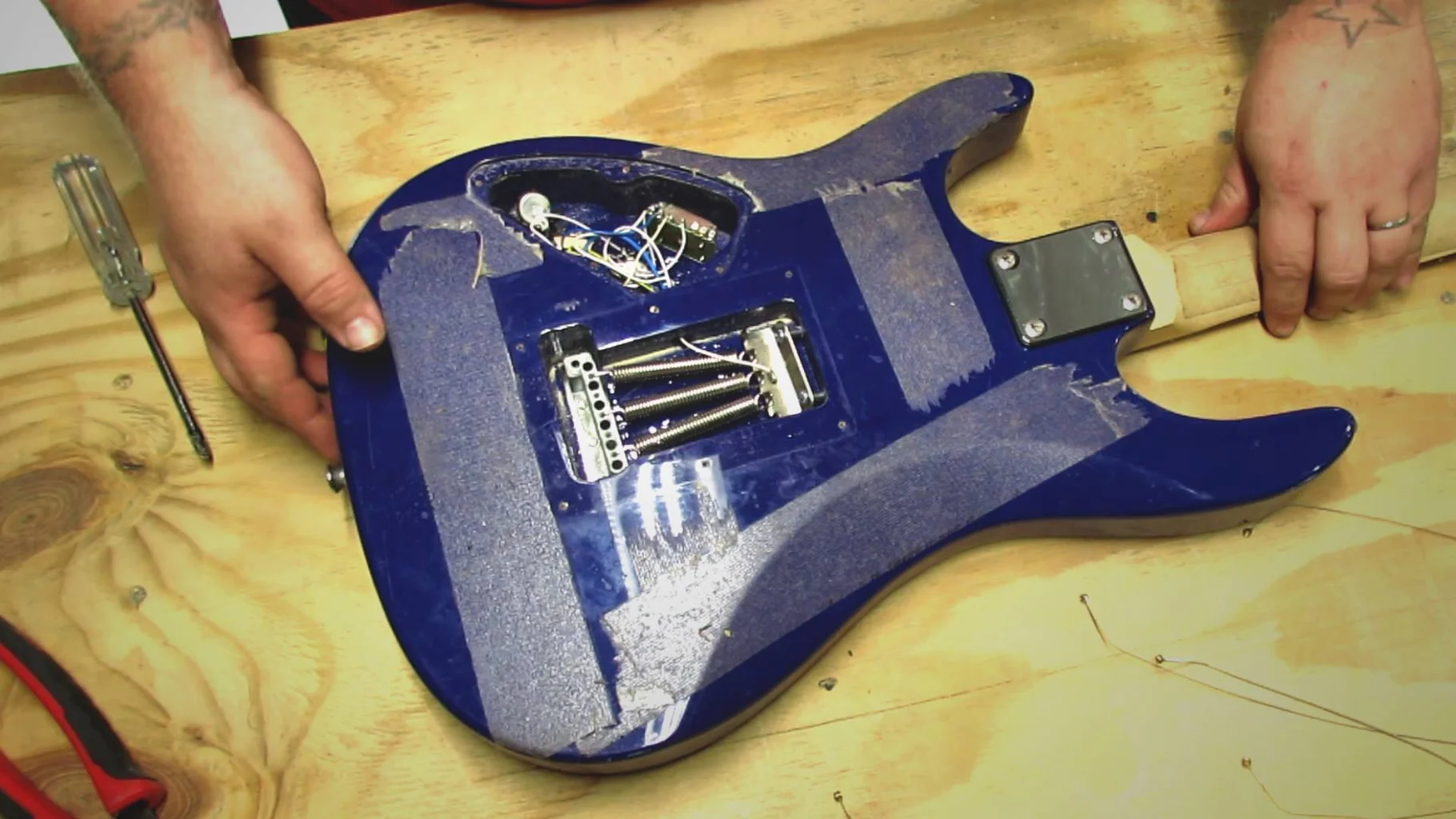Introduction
So, you've picked up an electric guitar, and you're ready to dive into the world of rock and roll. As you strum those strings and unleash your inner rockstar, have you ever stopped to think about the tiny yet crucial component that plays a significant role in shaping your guitar's sound? Enter the electric guitar nut – a small but mighty piece that often goes unnoticed but is essential for producing those killer riffs and soul-stirring melodies.
The electric guitar nut may seem insignificant at first glance, but it serves as a vital anchor for the strings, dictating their spacing and height above the fretboard. This seemingly unassuming sliver of material, typically crafted from bone, synthetic materials, or metal, plays a pivotal role in defining your instrument's tone, sustain, and playability. Without a properly functioning nut, your guitar's performance could be compromised, leading to tuning instability, buzzing strings, and an overall lackluster sound.
Understanding the electric guitar nut and its significance is key for any aspiring guitarist. Whether you're a seasoned pro or just starting your musical journey, delving into the world of guitar nuts will not only deepen your appreciation for the instrument but also empower you to make informed decisions when it comes to maintenance and upgrades.
In this article, we'll embark on a journey to unravel the mysteries of the electric guitar nut. We'll explore its fundamental role in guitar playing, delve into the different types of guitar nuts available, and provide insights on how to maintain and replace this crucial component. By the end of our exploration, you'll have a newfound understanding of the electric guitar nut and its impact on your musical endeavors. So, grab your guitar, crank up the volume, and let's dive into the world of guitar nuts!
What is the Electric Guitar Nut?
The electric guitar nut, often overshadowed by its flashier counterparts such as pickups and tremolo systems, is a small yet indispensable component nestled at the intersection of the headstock and the fretboard. This unassuming piece, usually crafted from materials like bone, synthetic substances, or metal, serves as the anchor for the strings, determining their spacing and height above the fretboard.
At its core, the nut plays a crucial role in maintaining proper string alignment and spacing, which directly impacts the guitar’s playability and tonal characteristics. By guiding the strings as they transition from the headstock to the fretboard, the nut ensures that each string remains in its designated position, preventing them from slipping out of place and maintaining consistent spacing.
Moreover, the nut’s height dictates the initial action of the strings, influencing the ease of fretting and the overall playability of the instrument. A well-adjusted nut facilitates smooth string vibration and minimizes fret buzz, allowing for effortless chord transitions and fluid lead passages.
Furthermore, the material composition of the nut significantly influences the guitar’s tone and sustain. While bone nuts are revered for their rich, resonant qualities, synthetic and metal alternatives offer their own unique sonic characteristics. The choice of nut material can profoundly impact the instrument’s timbre, providing players with a means to tailor their guitar’s sound to suit their musical preferences.
In essence, the electric guitar nut is far more than a mere support for the strings – it is a fundamental component that shapes the instrument’s playability, tone, and overall sonic identity. By understanding the pivotal role of the nut, guitarists can appreciate its impact on their playing experience and explore ways to optimize this often overlooked yet essential element of their beloved instruments.
The Role of the Nut in Guitar Playing
When it comes to playing the electric guitar, the nut serves as a silent yet influential conductor, orchestrating a symphony of crucial functions that directly impact the instrument’s performance. One of its primary roles lies in maintaining proper string spacing and alignment, ensuring that the strings remain evenly positioned as they traverse from the headstock to the fretboard.
By securing the strings in their designated grooves, the nut plays a pivotal role in upholding tuning stability. This function is especially critical during aggressive playing or when using techniques that exert significant tension on the strings, such as bending and vibrato. A well-cut and properly lubricated nut minimizes binding and friction, allowing the strings to return to their intended pitch after such maneuvers, thus preserving the guitar’s tuning integrity.
Furthermore, the nut’s height and contour directly influence the guitar’s action, or string height above the fretboard. This, in turn, impacts the instrument’s playability, affecting factors such as fretting ease, intonation, and overall comfort during performance. A well-adjusted nut facilitates smooth string vibration, ensuring that the strings resonate freely and produce a balanced, articulate sound.
Additionally, the material composition of the nut significantly contributes to the guitar’s tonal characteristics. Whether it’s the warm resonance of a bone nut, the bright clarity of a synthetic nut, or the metallic bite of a metal nut, the choice of material imparts distinct sonic qualities to the instrument. As a result, the nut becomes an integral part of the guitar’s tonal palette, allowing players to sculpt their desired sound through material selection and optimization.
Ultimately, the nut’s role in guitar playing extends far beyond its humble appearance, exerting a profound influence on the instrument’s tuning stability, playability, and sonic identity. By understanding and appreciating the multifaceted contributions of the nut, guitarists can elevate their playing experience and unlock the full sonic potential of their beloved instruments.
Different Types of Guitar Nuts
When it comes to electric guitar nuts, a diverse array of materials and designs awaits the discerning guitarist, each offering distinct sonic characteristics and performance attributes. Understanding the various types of guitar nuts empowers players to tailor their instruments to suit their playing style and sonic preferences, thereby enhancing their musical expression.
Bone nuts, revered for their rich and resonant qualities, have long been a staple in guitar construction. Renowned for their ability to transmit vibrations effectively, bone nuts contribute to a warm and articulate tonal profile, making them a popular choice among players seeking a classic, well-rounded sound.
Synthetic nuts, crafted from materials such as TUSQ or Corian, offer a modern alternative with its own set of advantages. Known for their consistent density and self-lubricating properties, synthetic nuts provide enhanced tuning stability and reduced string binding, making them an appealing option for players who prioritize reliable performance and smooth string action.
For those seeking a contemporary edge, metal nuts, often made from materials like brass or stainless steel, offer a unique sonic signature characterized by bright, cutting overtones. The metallic composition of these nuts imparts a distinctive bite and sustain to the guitar’s sound, making them a preferred choice for genres that demand assertive, high-energy tones.
Furthermore, innovations in nut design have given rise to locking nuts, which feature integrated clamps to secure the strings in place. Popularized in the realm of tremolo-equipped guitars, locking nuts effectively minimize tuning instability and string slippage, enabling aggressive whammy bar maneuvers and dive bombs without sacrificing tuning integrity.
As the quest for sonic diversity and performance optimization continues, luthiers and manufacturers have also introduced composite nuts, blending various materials to harness the unique strengths of each component. These composite nuts aim to deliver a harmonious fusion of tonal richness, tuning stability, and playability, offering a versatile solution for players seeking a balanced and expressive sonic palette.
By acquainting themselves with the diverse landscape of guitar nut options, guitarists can embark on a journey of sonic exploration, tailoring their instruments to reflect their artistic vision and musical identity. Whether pursuing vintage warmth, modern reliability, or cutting-edge innovation, the world of guitar nuts offers a wealth of possibilities for players to sculpt their desired tone and elevate their musical expression.
How to Maintain and Replace the Guitar Nut
Proper maintenance of the guitar nut is essential for ensuring optimal performance and longevity. By incorporating routine care and addressing any issues promptly, players can uphold the nut’s functionality and preserve the instrument’s sonic integrity. Here are essential tips for maintaining and, if necessary, replacing the guitar nut:
- Regular Cleaning and Lubrication: Keeping the nut clean and properly lubricated is crucial for minimizing friction and string binding. A small amount of graphite or specialized nut lubricant applied to the nut slots can facilitate smooth string movement, reducing tuning instability and enhancing playability.
- String Height and Slot Depth Adjustment: Monitoring the string height at the nut and ensuring that the slots are appropriately sized is vital for optimal playability. If the strings sit too high or low in the nut slots, adjustments may be necessary to maintain proper action and string clearance.
- Inspecting for Wear and Damage: Regularly examining the nut for signs of wear, chipping, or cracking is essential. Any structural compromise can impact the nut’s functionality and may necessitate replacement to maintain the instrument’s performance.
- Replacing the Nut: In cases where the nut exhibits irreparable damage or significantly affects the guitar’s playability, replacing the nut is the recommended course of action. Seeking the expertise of a qualified guitar technician ensures precise nut installation and proper setup, allowing for seamless integration and optimal performance.
When considering nut replacement, factors such as material selection and compatibility with the instrument must be carefully evaluated. Additionally, working with a skilled technician can provide valuable insights into optimizing the nut’s dimensions and contour to enhance string action and tonal characteristics.
For players seeking to upgrade their guitar’s nut, exploring alternative materials or specialized designs tailored to specific playing styles can offer opportunities for sonic enhancement and performance refinement. Whether aiming to achieve enhanced sustain, improved tuning stability, or a customized tonal profile, selecting the right nut can significantly impact the instrument’s sonic versatility and playability.
By incorporating diligent maintenance practices and, when necessary, seeking professional assistance for nut replacement and optimization, guitarists can uphold the integrity of this critical component and ensure that their instruments continue to inspire and empower their musical pursuits.
Conclusion
As we conclude our exploration of the electric guitar nut, it becomes evident that this seemingly unassuming component plays a pivotal role in shaping the instrument’s performance, tonal characteristics, and playability. From maintaining string alignment and spacing to influencing tuning stability and sonic resonance, the nut stands as a silent yet indispensable conductor of the guitar’s sonic identity.
Delving into the world of guitar nuts unveils a diverse landscape of materials and designs, each offering unique sonic attributes and performance benefits. Whether embracing the warmth of bone, the reliability of synthetics, the assertiveness of metal, or the innovation of locking and composite designs, players are presented with a wealth of options to sculpt their desired tone and elevate their musical expression.
Moreover, the significance of diligent nut maintenance and, when necessary, replacement, cannot be overstated. By incorporating routine care and addressing any issues promptly, guitarists can uphold the nut’s functionality and preserve the instrument’s sonic integrity, ensuring that their beloved guitars continue to inspire and empower their musical pursuits.
Ultimately, the electric guitar nut serves as a testament to the intricate interplay between seemingly minute components and the instrument’s overall sonic identity. By unraveling the mysteries of the nut and appreciating its multifaceted contributions, guitarists gain a deeper understanding of their instruments and the means to tailor their sonic palette to reflect their artistic vision.
So, as you pick up your electric guitar and embark on your musical journey, remember the humble yet influential nut that silently anchors your strings and shapes your sonic identity. Embrace the wealth of nut options, prioritize diligent maintenance, and explore the possibilities for sonic enhancement. Through this newfound understanding, may your guitar become not just an instrument, but a conduit for your artistic expression, empowered by the unassuming yet indispensable electric guitar nut.







